What is the internet? It’s billions of devices, all running their own operating system and software, networked together, “speakng” to one another. This networking works because the devices all “speak” in common protocols, some of which you’ve probably heard of: IP, TCP, HTTP, etc.
Spycursion’s own version of the internet is similar. It contains thousands of different electronic devices — servers, laptops, phones, etc. All of these devices are connected, and most of them can be located and/or hacked (with varying levels of difficulty) by players.
Notice the word “located” above. Just like in the real world, Spycursion’s internet is a big place. If you’re on a mission to steal data from someone’s laptop, you could go about that in two ways: You could access it physically, or you could hack it remotely. The latter method is obviously safer, but you would need to know its IP address (its “home” on the internet), which you wouldn’t necessarily have at first. That’s where tagging comes in — identifying the device, out in the game world, and getting its IP address, so that you can hack it remotely from the safety of your own apartment. Very spy-like indeed.
We’ll explain more about the hacking and security mechanics in a future post, but in a nutshell, what you’ll need to do to hack a target over the internet is scan it for vulnerabilities — gather information on what software is running on it — and then deploy exploits against the vulnerable software. You can create these exploits yourself, using the in-game programming language called Slang (another future blog post), or you can purchase them, find them in a secret location, or steal them from an unsuspecting victim.
The miniature internet in Spycursion has a lot of similarities with that of the real world — and being a video game, of course, you are free to wreak mayhem all over it without consequence. Your game character, however, may end up making a lot of enemies…
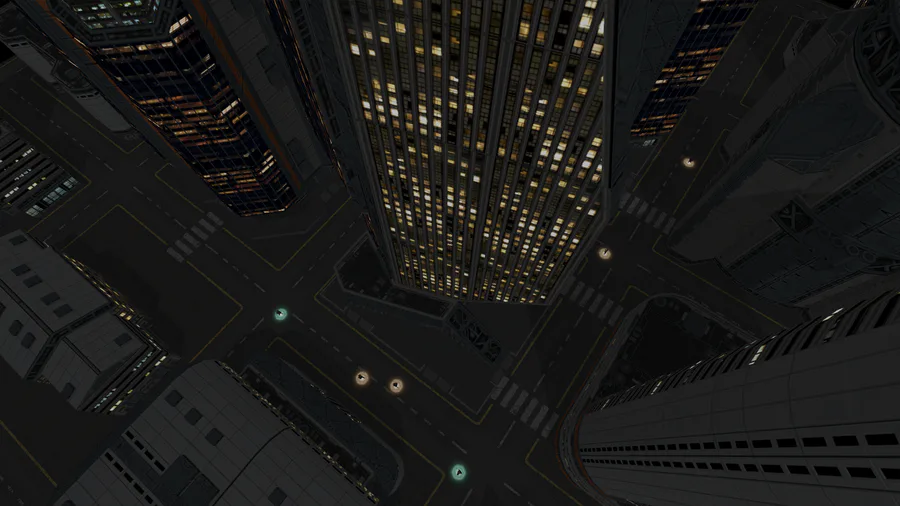
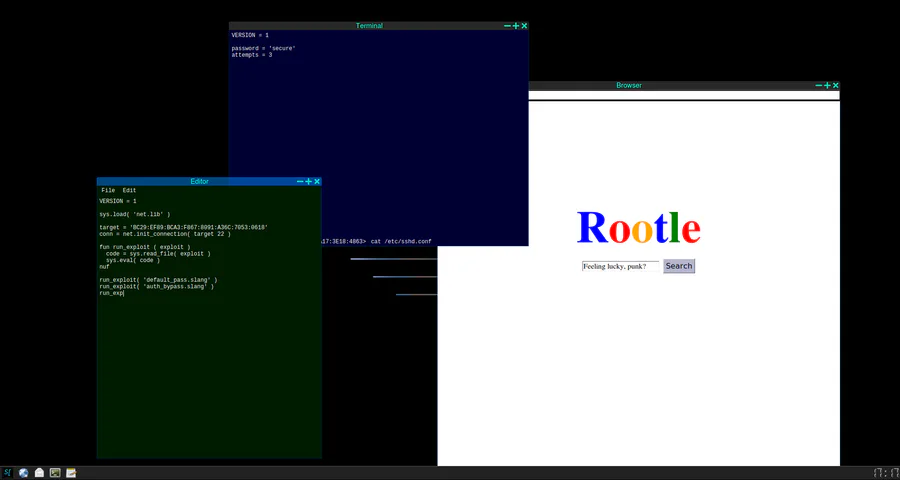
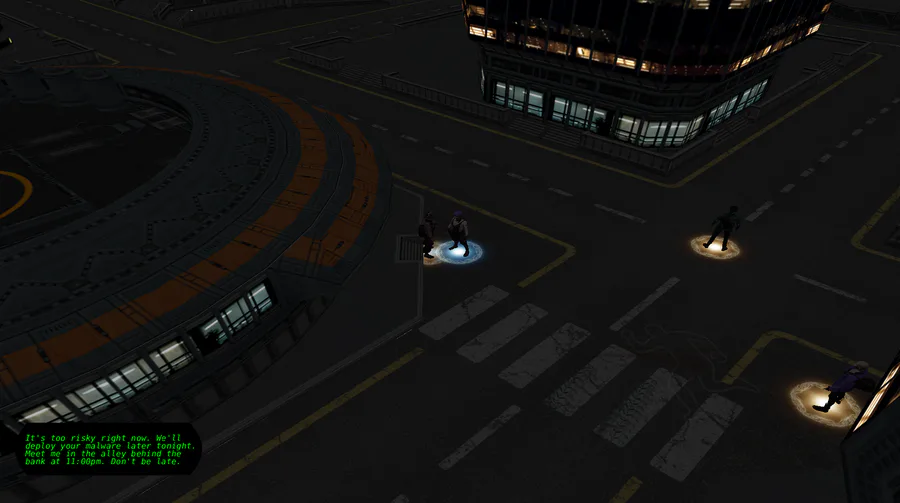
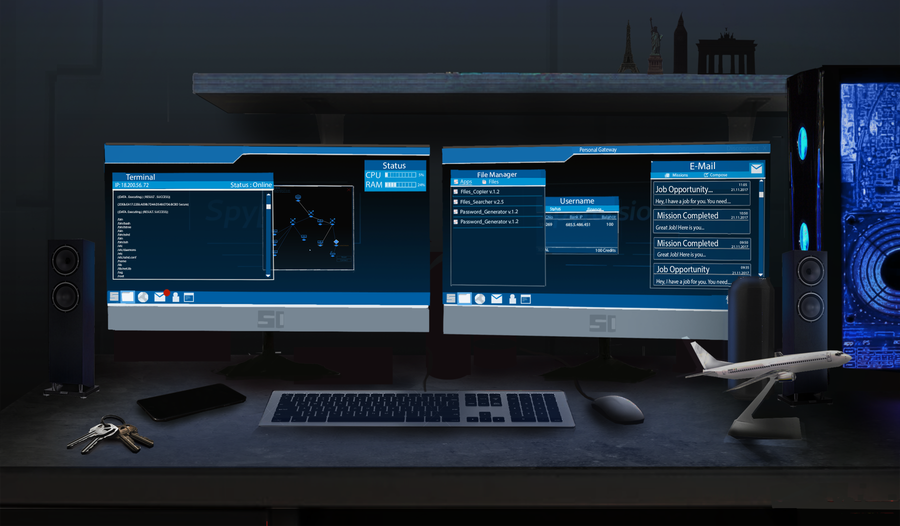


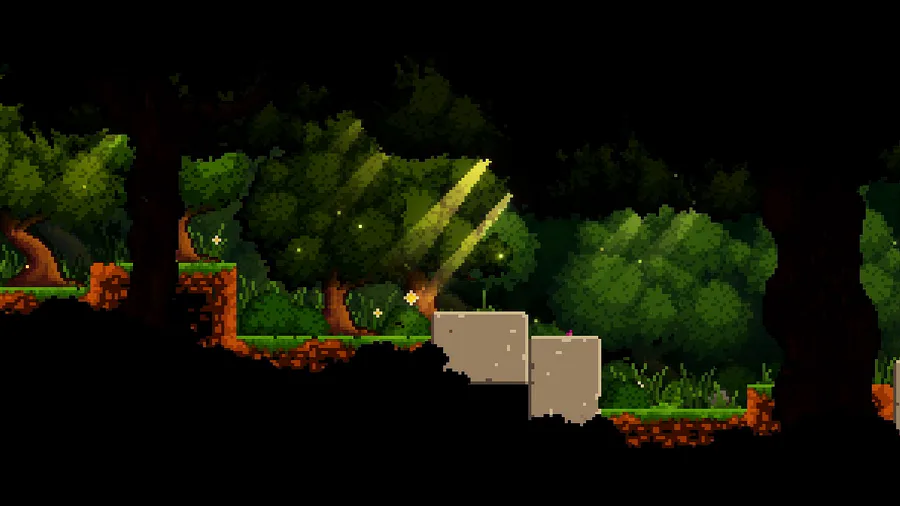
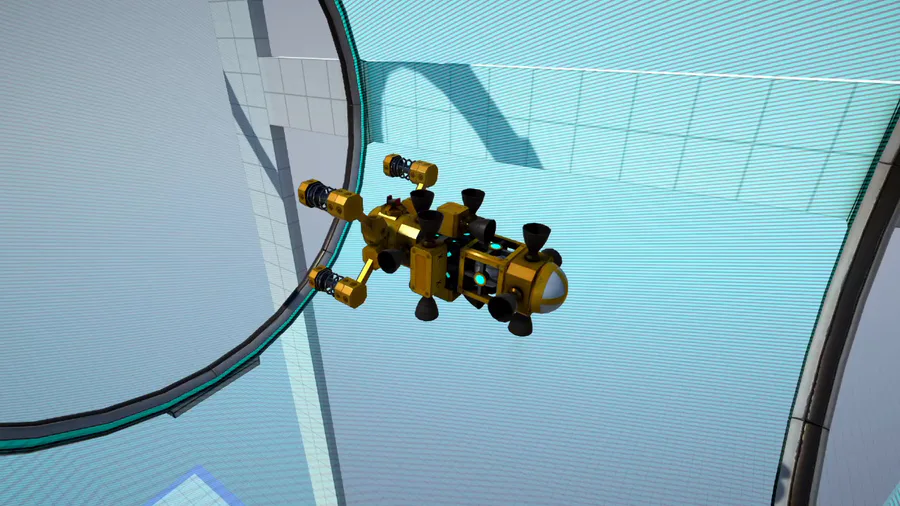


0 comments